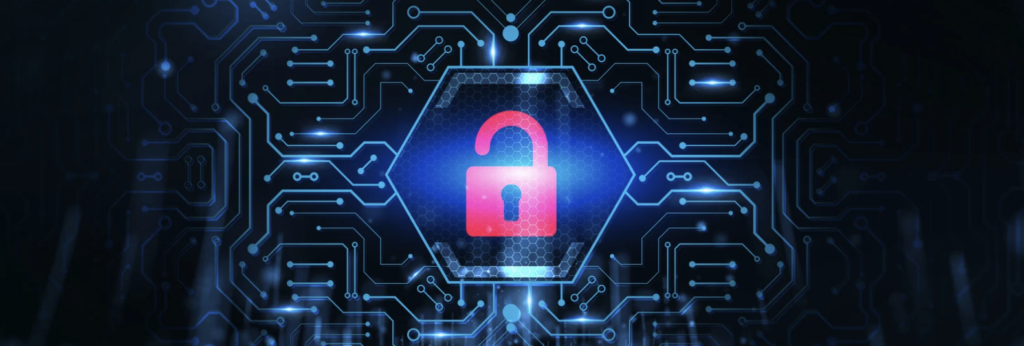
CYBERSECURITY: SAFEGUARDING PATIENT DATA AND CARE
In an increasingly connected healthcare landscape, medical devices play a pivotal role in patient care, diagnosis, and treatment. These devices have become smarter and more interconnected, offering healthcare professionals real-time data and patients greater convenience. However, this digital transformation also brings to the forefront a critical concern: cybersecurity. Ensuring the security of medical devices is paramount to safeguarding patient data and care. In this article, we will delve into the importance of medical device cybersecurity, the risks it addresses, and the strategies to protect both patients and healthcare systems.
The Role of Medical Devices in Modern Healthcare
Medical devices have undergone a significant transformation in recent years. They have become more sophisticated, incorporating advanced technologies such as sensors, wireless connectivity, and data analytics. These devices range from wearable fitness trackers to implantable cardiac devices and everything in between. Their capabilities have revolutionized healthcare by providing real-time monitoring, early disease detection, and improved patient outcomes.
The Risks of Inadequate Cybersecurity
The integration of digital technologies into medical devices has introduced new vulnerabilities that can have serious consequences. These vulnerabilities include:
Data Breaches: If not adequately protected, patient data collected by medical devices can be compromised, leading to privacy violations and identity theft.
Device Tampering: Hackers may attempt to gain control over medical devices, altering their functionality or disrupting their operation.
Unauthorized Access: Cybercriminals can gain unauthorized access to sensitive medical data, potentially using it for fraud or extortion.
Patient Safety: In extreme cases, the security of life-saving medical devices like pacemakers or insulin pumps can be compromised, posing a direct threat to patient safety.
Strategies for Medical Device Cybersecurity
To address these risks and protect patient data and care, healthcare organizations and device manufacturers must implement robust cybersecurity measures. Here are some key strategies:
Risk Assessment: Conduct thorough risk assessments to identify vulnerabilities in medical devices and prioritize security efforts.
Security by Design: Integrate security features into the design and development of medical devices from the outset. This includes encryption, authentication, and access controls.
Regular Updates and Patch Management: Ensure that medical devices receive regular software updates and security patches to address known vulnerabilities.
Network Segmentation: Isolate medical devices on separate networks to minimize their exposure to potential threats.
User Education: Train healthcare staff on cybersecurity best practices, including recognizing phishing attempts and securing access to devices.
Access Control: Implement strict access controls to limit who can interact with medical devices and the data they generate.
Incident Response Plan: Develop a comprehensive incident response plan to address and mitigate cybersecurity breaches when they occur.
Third-Party Vetting: Vet third-party vendors and service providers for their cybersecurity practices to ensure they meet high standards.
Regulatory Compliance: Adhere to cybersecurity regulations and guidelines set forth by regulatory bodies, such as the FDA in the United States and the European Medicines Agency in the EU.
The Role of Regulatory Bodies
Regulatory bodies play a critical role in setting and enforcing cybersecurity standards for medical devices. In the United States, the FDA has issued guidelines for manufacturers regarding cybersecurity, emphasizing the importance of proactive risk management and post-market surveillance. In the European Union, the Medical Device Regulation (MDR) and In Vitro Diagnostic Regulation (IVDR) include cybersecurity requirements for medical devices.
Medical device cybersecurity is not a secondary concern but a central one in modern healthcare. As technology continues to advance, the risks associated with interconnected medical devices will grow unless robust cybersecurity measures are in place. Protecting patient data and ensuring the safety and functionality of medical devices are paramount. Collaboration between healthcare organizations, device manufacturers, and regulatory bodies is essential to establish and maintain strong cybersecurity practices in the healthcare industry. By doing so, we can harness the benefits of digital health while safeguarding patients and their care.


